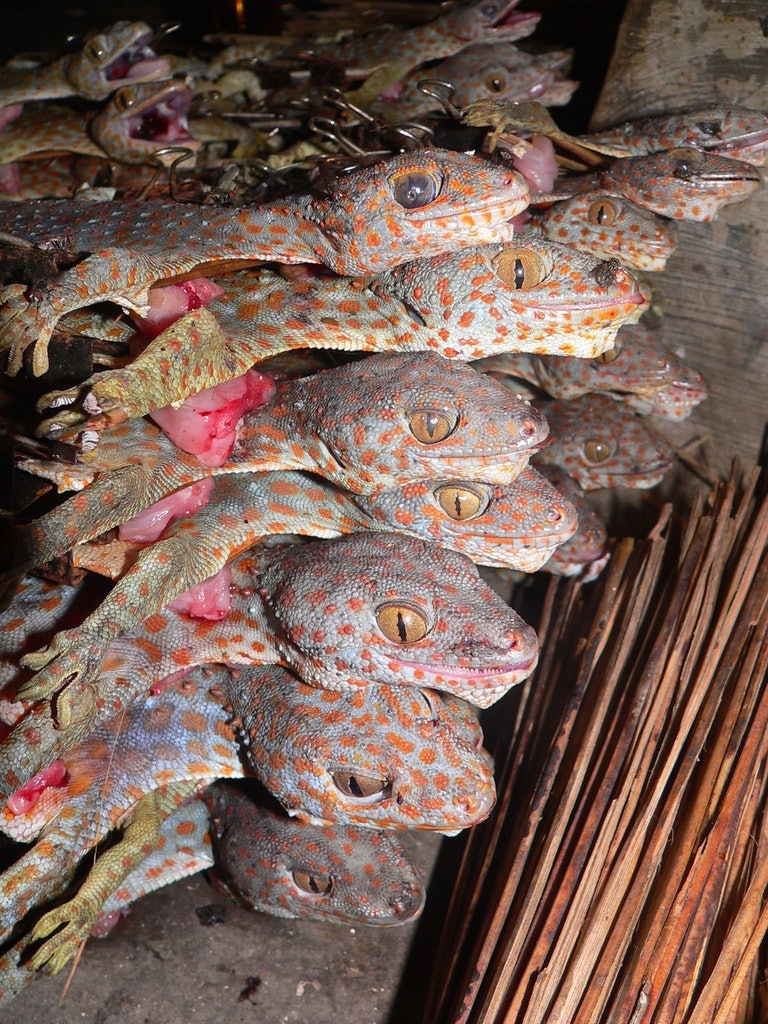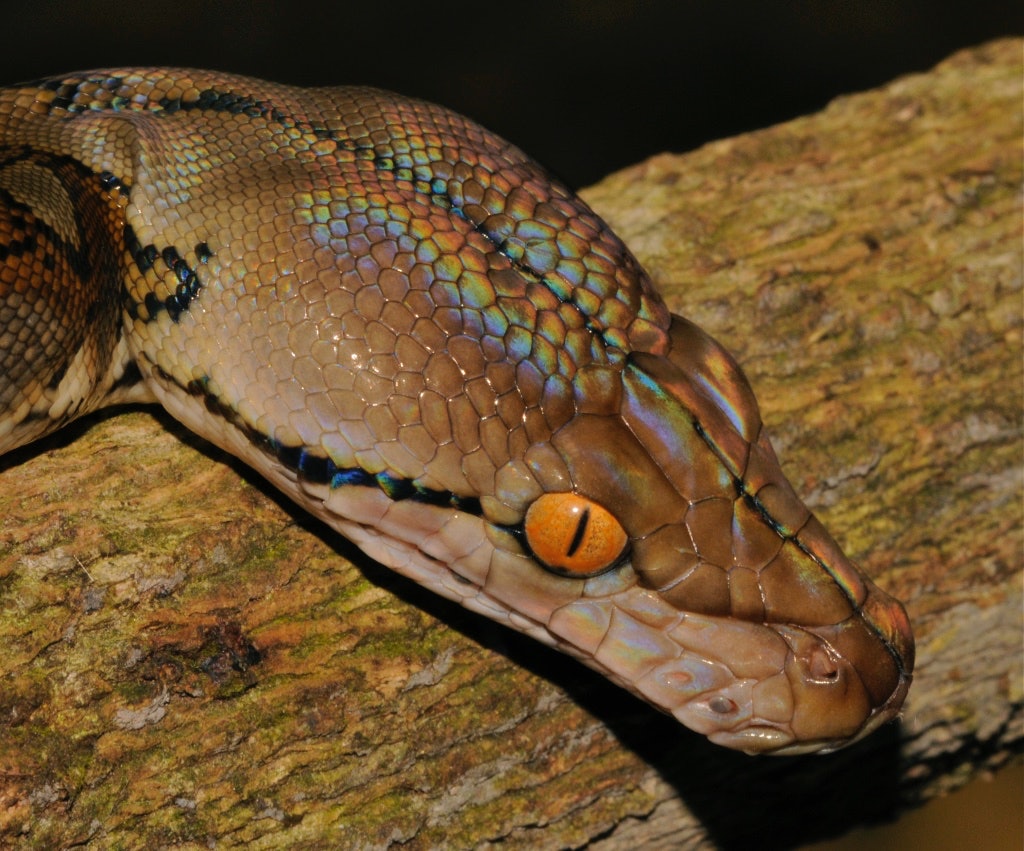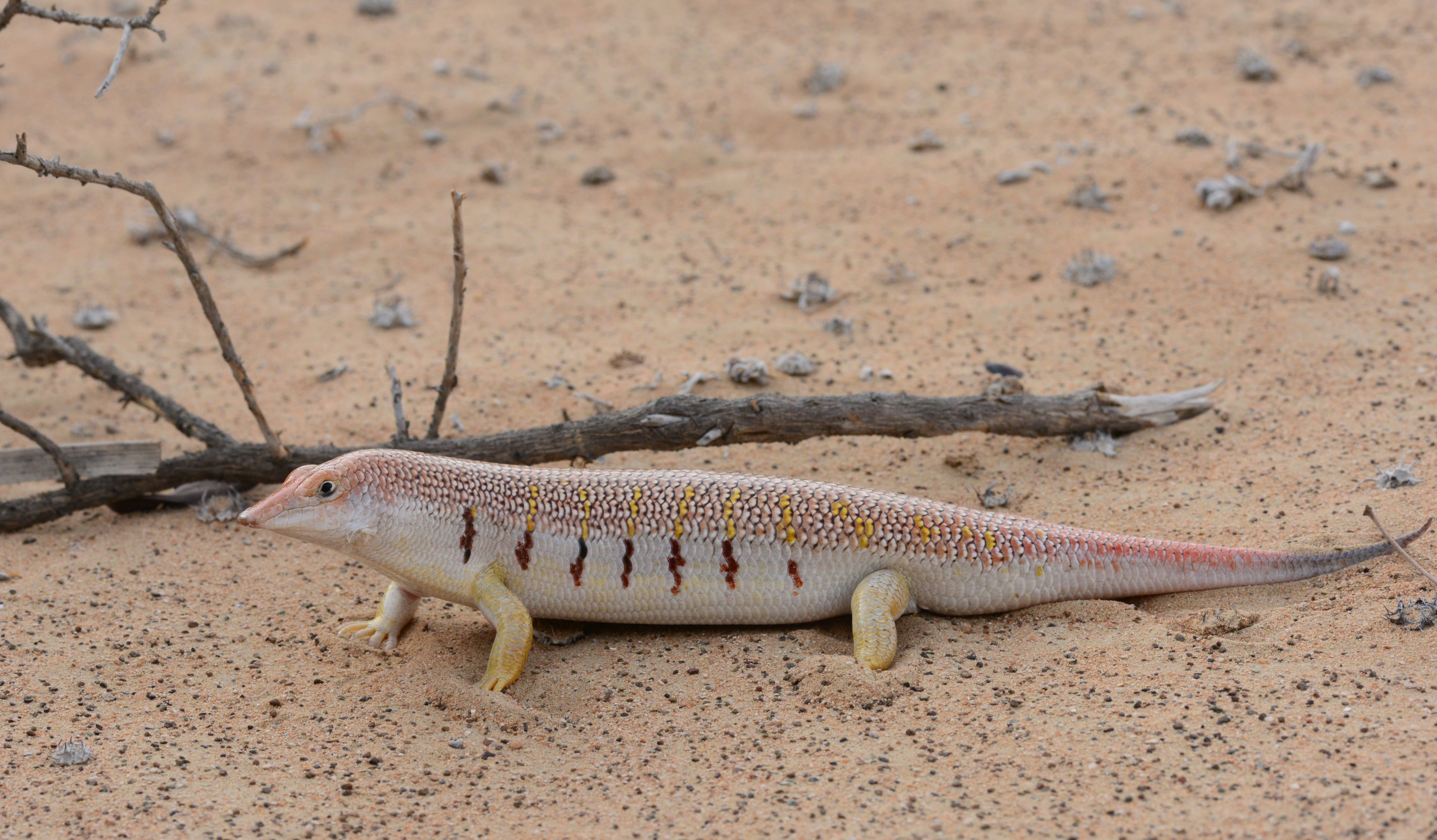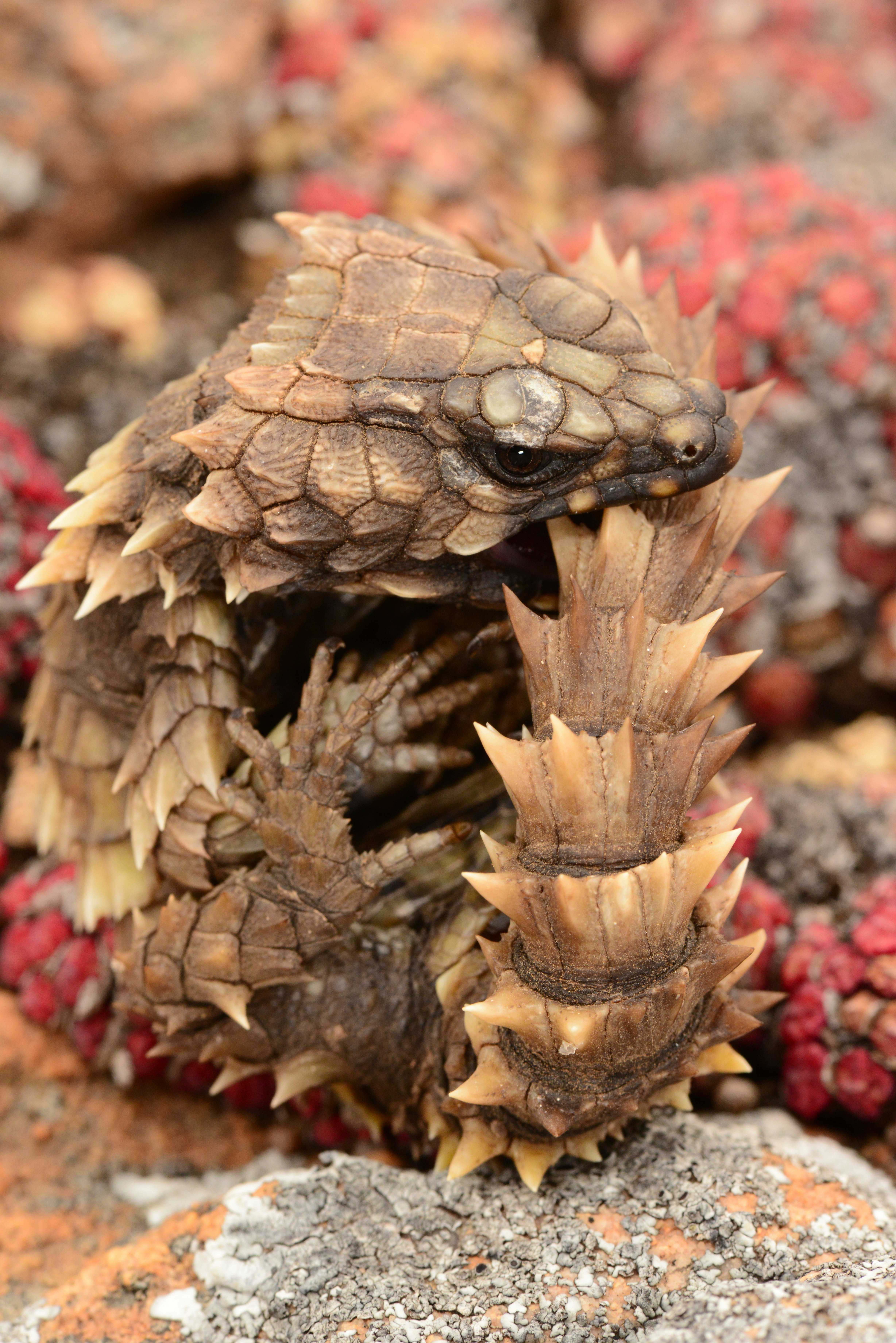
“Charismatic megafauna” describes many people’s favorite animals: blue whales, giant pandas, elephants, penguins, and other large beasts of the natural world. Many of these animals are hunted to near-extinction, and there are many conservation efforts to save them. Reptiles, save a few favorites, don’t always get that same love. A team of more than 50 zoologists, herpetologists, and conservation biologists sought to rectify the oversight.
Justice was served this week, partially, for the cold-blooded and the scaly. The journal Nature published an assessment of more than 10,000 reptile species worldwide. After 15 years of pulling and analyzing data, dozens of researchers assembled a larger picture of the state of reptilian existence — and it's not pretty.

What’s new — According to the new assessment, 21 percent of the more than 10,000 reptile species surveyed are threatened by extinction.
The silver lining, according to Bruce Young, co-author and chief zoologist at NatureServe, a biodiversity conservation organization, is that many of the top threats to reptiles are also top threats to many other plants and animals. He had fretted that reptiles had a unique foe, creating one more problem in the web of conservation.
“That was a big relief, that there isn’t some group of reptiles that are horrendously threatened because we're doing something all wrong,” Young tells Inverse. Rather than facing an entirely new threat, reptiles stare down the effects of habitat loss, diseases, and removal — which many other critters, including charismatic megafauna, face too.

Why it matters — Young and his colleagues initiated this assessment because reptile conservation hadn’t received the same scrutiny that conservation for other groups did. He acknowledges that while crocodiles and snakes are loveable, they may not be as universally beloved as say, elephants.
“You could twist the Disney song [“We Don’t Talk About Bruno”] to be ‘No One Cares About Reptiles,’” Young Chuckles, referring to the popular song from the animated movie Encanto about an estranged, clairvoyant family member.
Reptiles aren’t limited to lizards and iguanas sunbathing on a hot rock in the Southwestern United States. Some of the most fascinating snakes, skinks, and turtles dwell in tropical rainforests in Central and South America, and Southeast Asia. Reptiles also matter as both predators and prey. Many scaly friends are herbivores or insectivores, and others make a meal for other animals. Young cites the resplendent quetzal, a Costa Rican bird, as one popular animal that subsists on lizards. While these birds eat and feed their young fruit, lizards provide protein.
“Even species you wouldn't think about, it turns out reptiles are important to them at a critical stage of their lifecycle,” he says.
Situating endangered reptiles in biological hierarchy begs the question of what would happen if they went extinct altogether? While Young says the outcome is hard to predict, and it depends on which of the spectacularly diverse species worldwide vanish, bird and insect density would likely fluctuate. He also says that we don’t need to wait for total extinction to see the effects, as declining habitats are getting rid of some reptile ecosystems entirely. “In some cases, there's no ecosystem left for them to play a role in because their forests are gone,” he says.
The report’s urgency resounds with other experts. Indraneil Das, a herpetology professor at the Institute of Biodiversity and Environmental Conservation in Malaysia, sees maintaining reptile ecosystems as instrumental to slowing or halting extinction. “These findings bring us back to the importance of forested habitats for the conservation of reptile biodiversity, and the issue of protection of habitats for those species that are microendemics (i.e., restricted to relatively small areas),” Das writes to Inverse. He was not involved in the assessment.

Digging into the details — Aiding reptiles will require flexibility and attention to detail.
“Dedicated effort is needed to identify specific threats to each of the species, and ensure protection of habitats,” Das writes to Inverse. “These may require establishment of (even) more protected areas for specific species, doubtless a tedious and sometimes impossible task, as authorities in most countries do not traditionally consider most reptile species as high priority.”
Still, Young is optimistic, especially when he sees help coming from the Convention on Biological Diversity. “I remain hopeful that the process around the post-2020 framework for the Convention on Biological Diversity will have some success,” he says. He calls the convention “the only tool we have, really” to address reptile extinction at a large scale.

What’s next — Since it took so long to assess and analyze all this data, there’s fresh reptile information to be investigated.
“It's amazing how many species of reptiles have been described since we stopped doing our assessments and started with the analysis,” Young says. Reassessments are in order for species first observed years ago to see if there’s any change. Young recognizes that by the time his team finishes reassessing, however, extinction could creep even closer.
The team still lacks a grip on how climate change affects a large swath of reptiles. While they have some case studies and theoretical work, that’s not enough to develop adaptation strategies for reptiles at large.
With a bit more understanding of the existential threat to reptiles, Young turns to North American pollinators next, another threatened group.
There’s no panacea for this issue, but helping starts in the backyard. Becoming acquainted with the reptiles in an ecosystem is a good starting point. “The most important reptiles to learn about are the ones that occur near where you live,” Young says.







